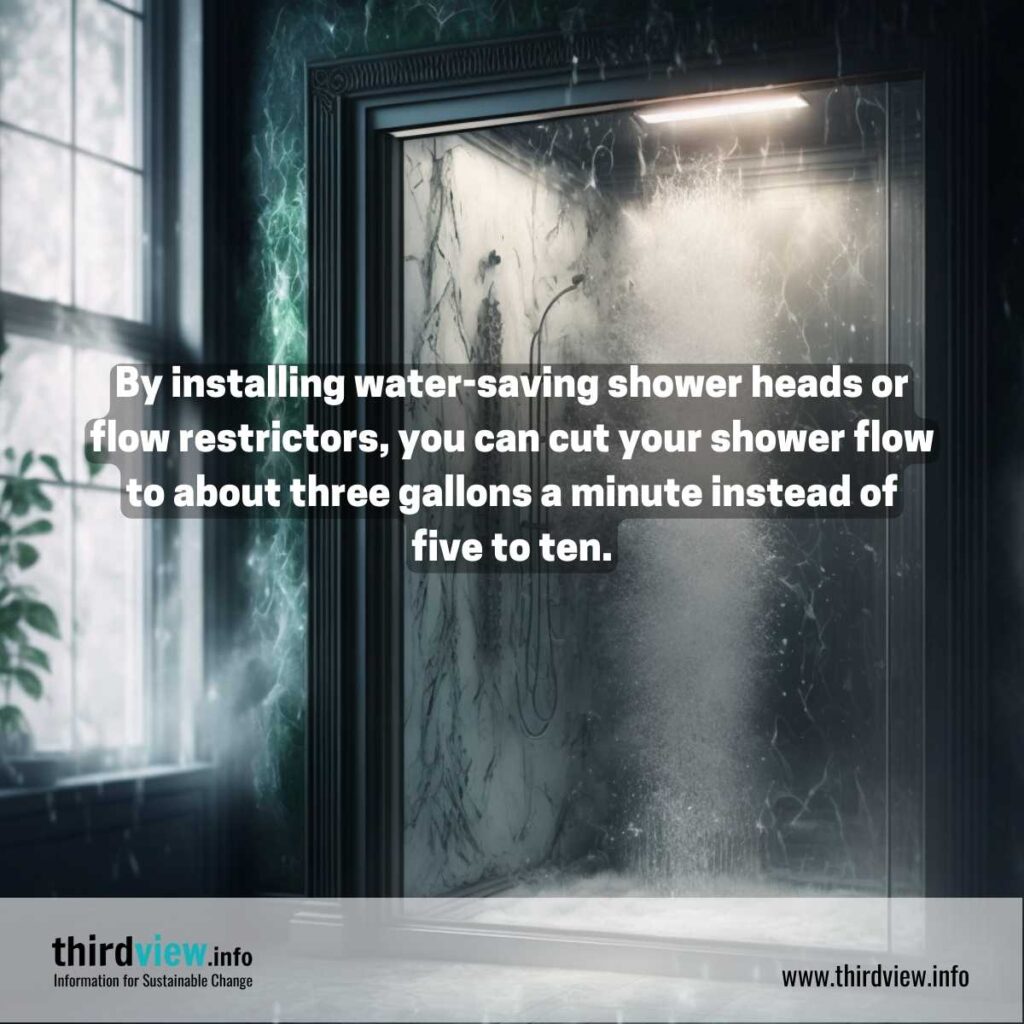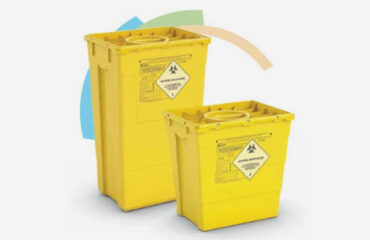A Biased View of Reclaim Waste
Table of ContentsReclaim Waste Fundamentals ExplainedSome Known Factual Statements About Reclaim Waste The Single Strategy To Use For Reclaim WasteMore About Reclaim WasteRumored Buzz on Reclaim Waste
Domestic sewage waste refers to the waste and items from a property septic storage tank. The proper administration and disposal of domestic sewage waste need liquid waste to be transferred to a sewer therapy plant where the appropriate approaches and equipment are used to purify and dispose of waste.
Industrial waste often consists of possible risks, such as combustible materials or a blend of fluid and strong waste products, and calls for a much more advanced and detailed disposal procedure. The disposal of industrial waste generally involves the filtration of waste prior to transport to guarantee secure and proper disposal. Industrial waste is produced from results and drainage of commercial procedures and production.
This kind of waste can not utilize the very same sewer monitoring transportation or processes as septic or commercial liquids. The hazardous waste administration procedure calls for the inspection and testing of liquid waste before it goes through the disposal procedure (industrial wastewater treatment). Drainage waste is the fluid waste that originates from drainage and excess stormwater in very booming locations or cities
Drainage waste can trigger contamination and flooding if not managed appropriately. Guaranteeing appropriate waste management can protect against calamities and minimize environmental injury.
How Reclaim Waste can Save You Time, Stress, and Money.
Contact PROS Solutions today to find out about our waste management and disposal solutions and the proper means to care for the fluid waste you produce.
Do you recognize what occurs to your water when you disengage, flush the toilet or drain the washing maker? No? Well, it deserves understanding. This supposed 'wastewater' is not just a vital resource yet, after treatment, will be released to our land, waterways or the sea. Used water from commodes, showers, baths, cooking area sinks, laundries and commercial processes is called wastewater.

water used to cool equipment or tidy plant and devices). Stormwater, a form of wastewater, is overflow that moves from agricultural and metropolitan locations such as roofings, parks, gardens, roads, courses and gutters right into stormwater drains, after rainfall. Stormwater flows untreated straight to local creeks or rivers, at some point getting to the ocean.
Reclaim Waste - The Facts
In Queensland, most wastewater is treated at sewage treatment plants. Wastewater is transferred from domestic or industrial sites through a system of sewers and pump stations, understood as sewerage reticulation, to a sewage treatment plant. City governments build, preserve and operate most sewage therapy plants. Operators are licensed under the Environmental Protection Act 1994 to release cured wastewater at an appropriate ecological criterion right into rivers.
The Department of Natural Resources recommends city governments concerning handling, operating and preserving sewerage systems and therapy plants. In unsewered locations, regional governments might call for homeowners to set up individual or household sewer therapy systems to treat domestic wastewater from toilets, kitchens, restrooms and laundries. The Division of Natural Resources authorises using house systems when they are verified to be efficient.
In some new subdivisions, treatment of some stormwater to get rid of litter, sand and crushed rock has started using gross contaminant traps. Wastewater treatment takes place in four phases: Removes solid issue.
Utilizes small living microorganisms knows as micro-organisms to break down and eliminate remaining dissolved wastes and fine bits. Micro-organisms and wastes are included in the sludge.
Reclaim Waste Can Be Fun For Anyone
Nutrient removal is not available at all sewer therapy plants since it needs expensive specialised tools. Clear fluid effluent created after treatment may still contain disease-causing micro-organisms - industrial wastewater treatment.

Many wastewater moves into the sewage system. Under the Act, local federal governments provide authorizations and licences for eco relevant tasks (ERAs) including wastewater launches that may have a neighborhood effect.
10 Simple Techniques For Reclaim Waste
Tracking supplies accurate information about water quality and can confirm that licence conditions are being met. The information obtained through monitoring offers the basis for making water high quality choices.
Comments on “Reclaim Waste - Truths”